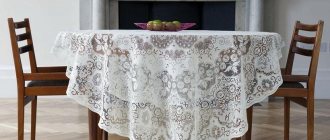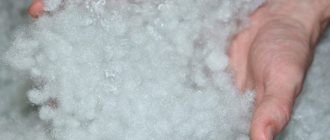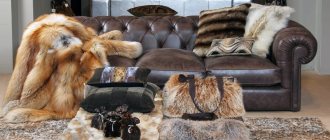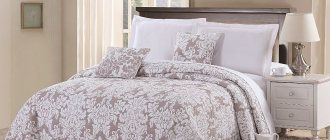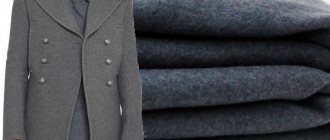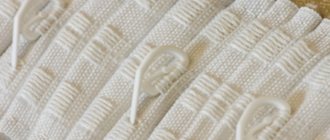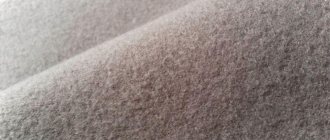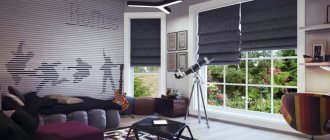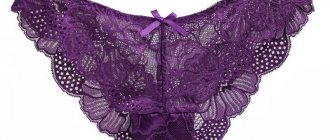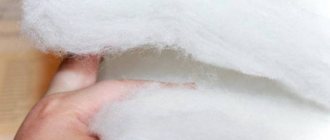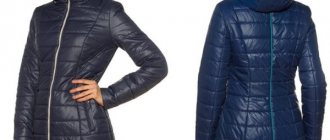Home / Fillers
Back
Published: 06/29/2021
Reading time: 2 min
0
9
Modern manufacturers offer a variety of insulation materials with natural, artificial and mixed compositions. Some will keep you warm at temperatures down to -40°C, others are suitable for the off-season. To ensure that outerwear is always in season, you need to carefully choose jackets and coats. Insulation for clothing should provide warmth, not create a greenhouse effect and be lightweight.
- 1 Types of insulation for clothing 1.1 Natural
- 1.2 Artificial
- 1.3 Mixed composition
Types of insulation for clothing
Natural fillings for clothing are made from down, feathers and wool. They have excellent thermal characteristics, but require special care. May cause allergies.
The most artificial ones are, they are hypoallergenic and machine washable. Clothing with synthetic filling is cheaper than with natural filling. There is no risk that microorganisms will grow in it.
Important! It is not the material itself that heats, but the air that accumulates inside the cavities. The lighter the filler, the more cavities it has and the warmer it is.
Mixed compositions are batting, woolcrown, and others. For production, wool and cotton fibers are used, which are intertwined with viscose and other synthetic fibers.
Natural
There are jackets and coats with down and feathers. Ratio 60% down/40% feather or 80/20. Pure down (100%) is not used.
In terms of thermal insulation properties, eider down comes first, followed by goose down. Natural insulation made from goose feathers and down is used for sewing children's clothing; it is lightweight. The main disadvantage is the high risk of allergies. Harmful microorganisms can multiply in it, and clothes take a long time to dry. But goose down is very warm, can withstand temperatures down to -15°C, and is durable.
A composition made of wool or sheepskin will keep you warm even at -25°C. It is wear-resistant and will last for several years. Microorganisms do not grow in it. Does not cause allergies. Disadvantages include heavy weight and ability to absorb moisture. High-quality insulation made from the wool of New Zealand Merino sheep. Its peculiarity is that wool does not retain the smell of sweat.
Artificial
Inexpensive synthetic filler - padding polyester. Suitable for temperatures down to -10°C. It quickly deforms during wear and loses part of its thermal insulation properties. Therefore, it is suitable for children's clothing for 1-2 seasons. Made from polyester fibers. The cheapest is adhesive. The needle punch often gets knocked out from under the lining. Thermally bonded is considered to be of high quality, can be washed regularly, is lightweight, does not wrinkle, and is warm.
Holofiber is a non-woven material. In all respects it is not inferior to down filling. Warms at air temperatures down to -30°C and is machine washable. However, it is not very flexible, so it is more often found in sports equipment and clothing.
Thinsulate is one of the best modern insulation materials for winter clothing. Does not absorb moisture, lightweight and breathable. Compared to natural down, Thinsulate is 1.5 times warmer. Durable and washable, but products made with it are expensive.
Slimtex is made from polypropylene and polyester fibers and is suitable for sewing dress clothes. Lightweight, practical, warm, and can be steamed.
Isosoft - used for sewing sportswear. Thin, warm, light and elastic. When compared with padding polyester, 1 layer of isosoft replaces 3-4 layers of the first material.
Polartek (polar fleece) is completely synthetic. Has high antibacterial properties, warm, elastic. Easy to care for.
Author:
Zakharova Nina Afanasyevna
I hope you like my article! If you find any shortcomings, just write to me about it! I am always ready for a conversation and will answer any questions you have, ask them!
